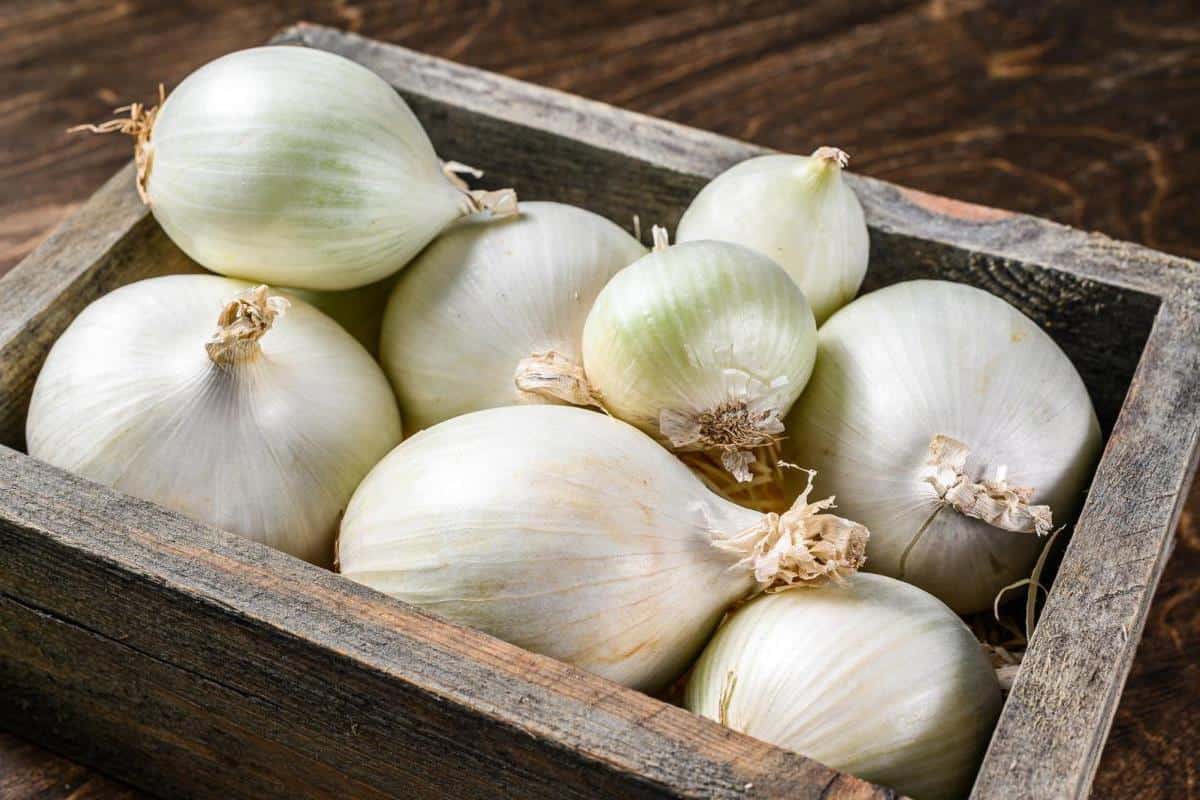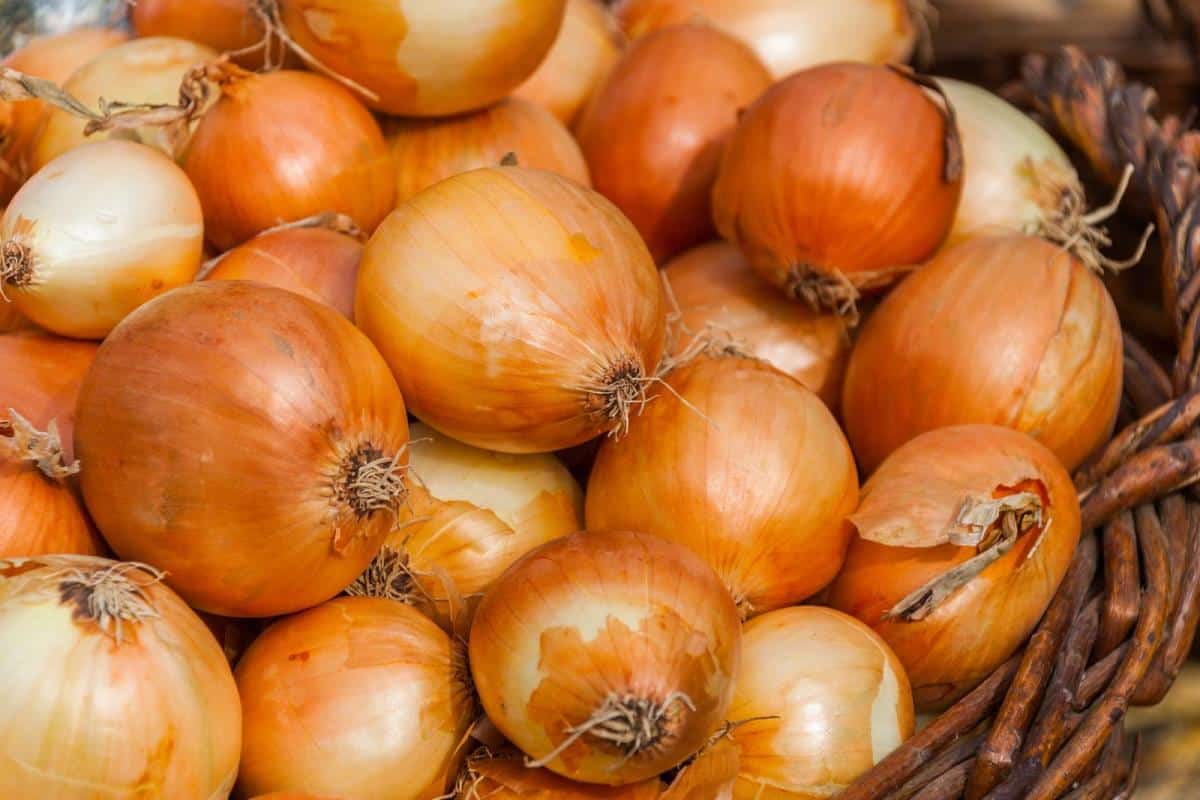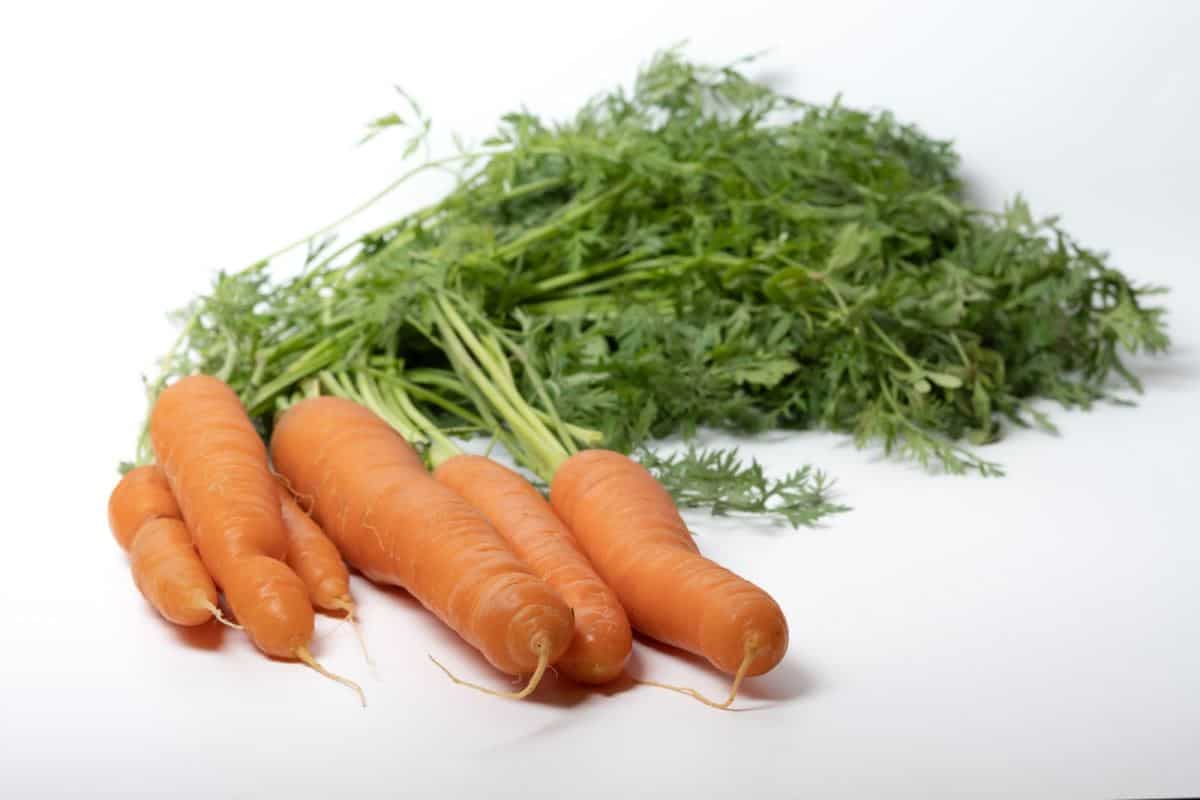For individuals with allium allergies or sensitivities, enjoying the vibrant flavors of salsa can be a challenge. Alliums, which include onions, garlic, chives, leeks, and shallots, are commonly used in many culinary preparations, including salsa. However, with a few simple substitutions, it is possible to create a delicious and flavorful allium-free salsa that retains the essence of the original.
Understanding Allium Allergies
Allium allergies are a type of food allergy that triggers an immune response when an individual consumes alliums. Symptoms of an allium allergy can range from mild, such as itching or swelling of the mouth and throat, to severe, including anaphylaxis. For those with severe allium allergies, even trace amounts of alliums can be life-threatening.
Creating an Allium-Free Salsa
To create an allium-free salsa, it is essential to find suitable substitutes for onions and garlic. Here are some options to consider:
-
Onions: Onions provide a sweet and pungent flavor to salsa. A good substitute is the leek, which has a milder flavor but retains a similar texture. Celery can also be used to add crunch and a subtle onion-like flavor.
-
Garlic: Garlic adds a savory and aromatic depth to salsa. Asafoetida, a spice commonly used in Indian cuisine, can provide a similar garlicky flavor without the allergenic compounds. Alternatively, a combination of ginger and mustard seeds can create a comparable taste profile.
Recipe for Allium-Free Salsa
Ingredients:
- 4 Roma tomatoes, quartered
- 4 vine-ripened tomatoes, quartered
- 1 bunch cilantro, chopped
- 2 jalapeños, chopped (remove 1/4-1/2 the seeds depending on desired spiciness)
- 2 tablespoons lime juice
- 1 teaspoon ground cumin
- 1 teaspoon sea salt
- 1/4 teaspoon ground pepper
Instructions:
- Combine all ingredients in a large blender.
- Pulse for 30-60 seconds until well combined, chopped well, and desired consistency is achieved.
- Store in the refrigerator overnight for optimal flavor development.
Additional Tips for Flavor Enhancement
- Use ripe tomatoes: The sweetness and juiciness of ripe tomatoes contribute significantly to the salsa’s flavor.
- Experiment with different peppers: Jalapeños provide a medium level of spiciness, but you can adjust the heat level by using milder or hotter peppers.
- Add fresh herbs: Cilantro is a classic salsa herb, but you can also incorporate other herbs such as basil, oregano, or thyme for added complexity.
- Let the salsa marinate: Allowing the salsa to rest in the refrigerator overnight allows the flavors to meld and develop, resulting in a more flavorful salsa.
Creating an allium-free salsa is a simple and rewarding endeavor that allows individuals with allium allergies or sensitivities to enjoy the vibrant flavors of this beloved condiment. By using suitable substitutes and following the tips outlined above, you can create a delicious and satisfying allium-free salsa that will elevate your culinary creations.
4 Best Vidalia Onion Substitutes
Most people use this type of sweet onion for caramelization, onion rings, and garnishing. However, it can be included in stews, soups, and other dishes.
The issue is that it might be difficult to locate in your neighborhood grocery store, so the following are the best substitutes:

White onions taste milder than yellow or red onions, and they typically don’t leave an aftertaste. Additionally, it is the sweetest of the three—even sweeter than Vidalia onions.
This is why I, along with most chefs and home cooks, adore incorporating it into recipes that don’t call for cooking. Ultimately, Vidalia onions are more heat-resistant than white onions.
When using white onions in place of Vidalia onions in a recipe calling for minced or chopped onions, just use a 1:1 ratio. However, you will only need ⅓ of a medium-sized white onion for one whole Vidalia onion.
Ideal for salads, tacos, guacamole, onion rings, dips, salsas, and sandwiches

Comparing this onion variety to Vidalia and white onions, it has less sugar. Cooking, however, will lessen the strong onion flavor and aftertaste because heat causes onions to become sweeter.
Because of this, it makes a fantastic replacement for Vidalia onions in cooked meals. Add half of the amount called for in your recipe if you want to swap out your sweet onions for yellow onions.
Best for savory dishes.
Compared to the previous two sweet onion alternatives, this root vegetable is more adaptable. It can be used both raw and cooked thanks to its subtle onion flavor and hint of sweetness.
Add as much chopped potato onion as your recipe calls for—one medium chopped onion—to use it as a sweet onion substitute. Use one and a half or two Vidalia onions in place of one medium onion bulb.
Best for stews, soups, vegetable dishes, salads, and pickles.

Similar to onions, carrots have a distinct sweet flavor and a grassy flavor that make them acceptable to eat raw for some people, including children. They even become sweeter once cooked.
Take advantage of this sweetness and use it as a substitute for Vidalia onion when serving those with allergies to plants belonging to the allium family.
Use this vegetable in place of onions by using a 1:2 ratio, that is, two cups of chopped carrots for every cup of chopped onions.
Best for soups, stews, and stir fries.
Though I’m sure there are others out there who deal with the same issue, I’m hoping that some of my readers will have some suggestions for you. What suggestions do you all have? .
A reader who is allergic to onions asked me a question recently, and I’m hoping some of you can assist her.
While my spouse is not allergic to onions and enjoys salsa and Mexican food, I am. Is there a quick and simple salsa recipe that doesn’t include onions? Thanks for your time.
I completely understand food allergies and the need to modify foods to meet your needs because my family has to deal with tree nut, peanut, and sesame allergies, but I have never had to deal with an onion allergy.
Cut Green Onions for Salsa
FAQ
What is a good substitute for onion in salsa?
Can you buy salsa without onions?
What is a substitute for chopped onion?
What can I substitute for salsa?
Luckily, chopped tomatoes make an excellent substitute for salsa. They are inexpensive, easy to find, and they can be easily customized to suit your taste. Simply chop up some tomatoes and add your favourite seasonings. For a restaurant-quality salsa, try adding diced onion, garlic, cilantro, lime juice, and jalapeno peppers.
What are the substitutes for onions?
A small onion is a good replacement for a traditional onion. Other alternatives include pout onions, celery, grated chives, cilantro, garlic powder, garlic, garlic salt, and onion flakes, which is a dehydrated form of onion and has a mild flavor.
Can you add onions to salsa if you can’t find it?
If you can’t find it, don’t worry, the onions are very easy to pick around. They are far and few between. If you like less heat in your salsa feel free to start with only 1 pepper and add more if needed. Want to add the heat without the smokiness?
Can you use green onions instead of chives in salsa?
Green onions, or scallions, are also a great substitution for cilantro in salsa, for all the same reasons as chives. The added benefit to using green onions instead of chives is that you can also use the bulb to either add to or replace some of the onion in your recipe, even though the green leaves are usually slightly milder in flavor than chives.
